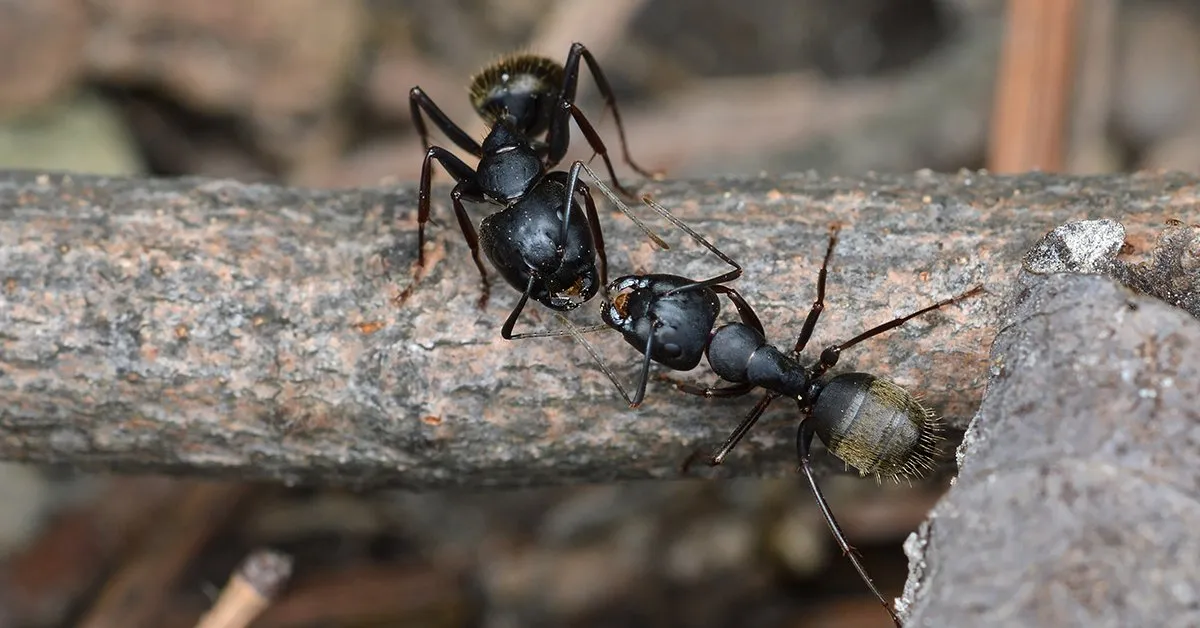Ants vs Tarantulas What’s the Risk?
The world of tarantulas and ants often collides, especially in the environments where these creatures coexist. While tarantulas, with their imposing size and venomous fangs, are formidable predators, they are not invincible. Ants, though small, can pose a significant threat to tarantulas, particularly in certain circumstances. This article will explore the risks ants present to tarantulas, the reasons behind these threats, and the measures that tarantula owners can take to protect their pets. Understanding this dynamic is crucial for anyone caring for a tarantula, ensuring their safety and well-being.
Tarantulas’ Vulnerability How Ants Attack
Tarantulas are vulnerable to ant attacks due to their slow movement, especially when molting or newly molted, rendering them defenseless. Ants, working in swarms, can exploit this weakness. Tarantulas are also at risk from ants entering their enclosures, where they can attack and potentially kill the tarantula. The tarantula’s exoskeleton, while protective, is not always impenetrable. Ants can exploit any weaknesses or openings, and they are persistent in their attacks. This vulnerability makes it critical for tarantula owners to understand the risks and take preventive measures.
Why Ants Are a Threat to Tarantulas
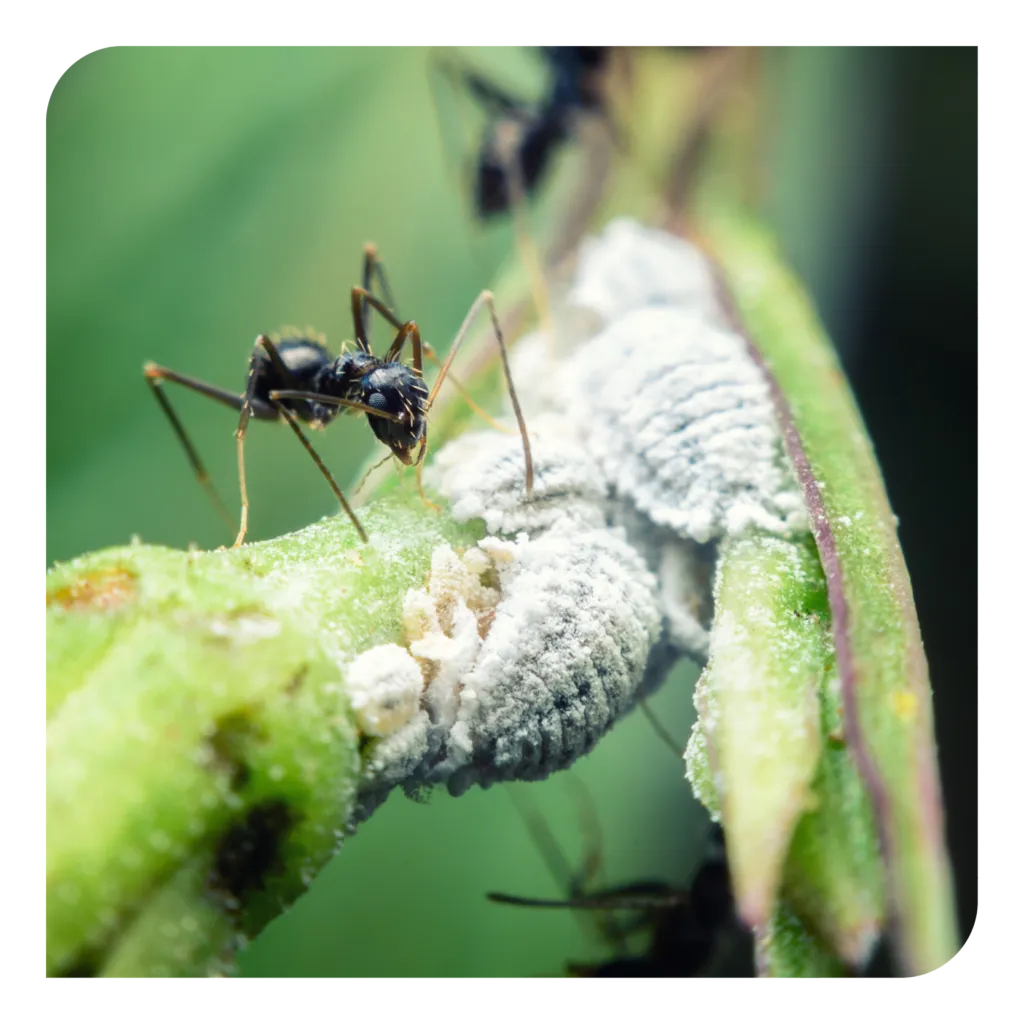
Ants pose a threat to tarantulas due to several factors. Their numbers, especially in a colony, allow them to overwhelm larger prey. The biting and stinging of certain ant species can be painful and even deadly to tarantulas. Furthermore, some ants can transmit diseases or infections. A large enough infestation of ants can stress a tarantula, potentially leading to health issues. The combination of their persistence, numbers, and the potential for physical harm makes ants a significant danger to these arachnids. The threat level varies depending on the ant species, the tarantula’s size, and the environment, but vigilance is always essential.
Understanding Ant Species and Their Dangers
Not all ants are equally dangerous to tarantulas. Some ant species are more aggressive, have stronger mandibles, or possess more potent venom. Understanding which ant species are common in your area and what threats they pose is critical. For example, fire ants are notorious for their painful stings and aggressive behavior, making them a significant danger to tarantulas. Similarly, certain species of biting ants can inflict substantial harm through their bites alone. Researching the local ant population and their characteristics can help in tailoring protective measures for your tarantula. The key is knowing your enemy and preparing accordingly.
Common Ant Species That Attack Tarantulas
Several ant species are particularly known for attacking tarantulas. These include fire ants (Solenopsis), which are aggressive and possess a potent sting. Harvester ants (Pogonomyrmex) are another threat, as they have strong mandibles and can bite. Additionally, certain species of biting ants, such as those in the Ponerinae subfamily, can inflict serious harm. The specific danger varies with the species and the tarantula’s size and health. Identifying any ants found in the enclosure or around the tarantula’s habitat is critical to assessing and addressing the risk they pose.
How Ants Inflict Harm on Tarantulas
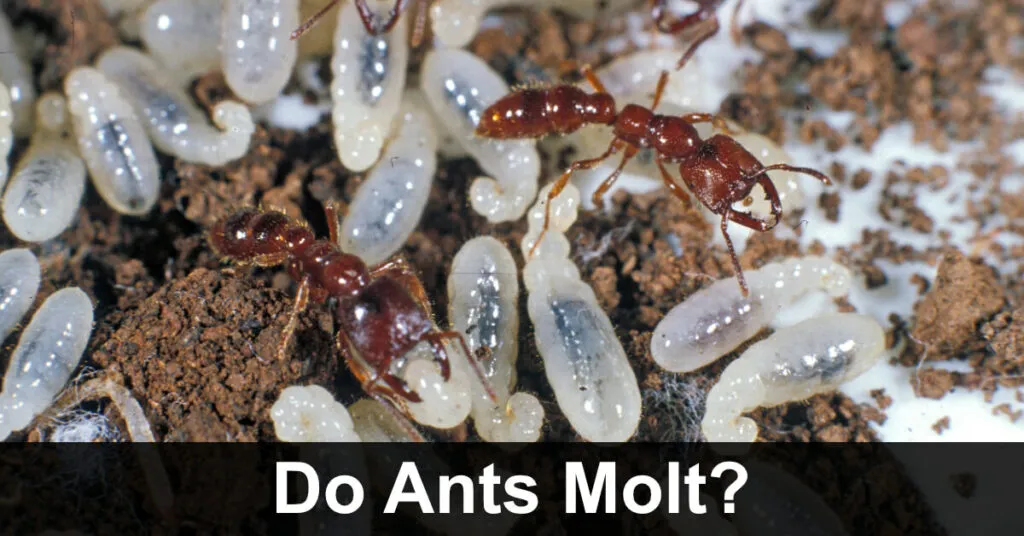
Ants can harm tarantulas in several ways. They can bite and sting, causing physical injury and potentially injecting venom. A large number of ants can overwhelm a tarantula, leading to exhaustion and stress. Ants can also cause secondary infections, such as infections at the bite site, which could be potentially fatal. They might also try to consume the tarantula if they perceive it as a food source, especially if the tarantula is molting or weakened. This multi-faceted approach to attacking a tarantula makes ants a dangerous adversary, necessitating quick intervention at the first sign of an infestation.
The Bite and Venom
The primary physical harm from ants comes from their bites and, in some cases, stings. Many ant species have powerful mandibles capable of inflicting painful bites that can damage the exoskeleton of a tarantula. Some ants, such as fire ants, inject venom that can cause localized pain and potentially an allergic reaction. The severity of the bite or sting depends on the size and number of ants, as well as the size and health of the tarantula. Even seemingly minor bites can lead to infections or stress, so it is important to monitor the tarantula for any signs of injury.
Infection Risks
Ant bites and injuries can create open wounds that are susceptible to infections. Ants are often found in environments with bacteria and other pathogens, which can be transferred to the tarantula through a bite. A tarantula with an infected wound might experience swelling, redness, and discharge. In severe cases, infections can lead to serious health problems. Careful observation of the tarantula for signs of infection and prompt treatment are vital to ensure their well-being. Proper hygiene and enclosure maintenance are essential in mitigating this risk.
Stress and Weakening

The presence of ants, especially in large numbers, can cause significant stress to a tarantula. Constant attacks or the threat of attack can make the tarantula feel unsafe, impacting its behavior and feeding habits. Chronic stress can weaken the tarantula’s immune system, making it more vulnerable to other diseases. A stressed tarantula may also stop eating or lose its appetite, exacerbating health issues. Maintaining a secure and stress-free environment is crucial for tarantula health. Regular inspection of the enclosure and prompt removal of any ants are vital to protect the well-being of the tarantula.
Protecting Your Tarantula from Ants
Protecting a tarantula from ants involves a combination of preventative measures, prompt treatment, and careful environmental control. Keeping the enclosure clean and inspecting it regularly for any signs of ant activity is crucial. It’s also essential to take appropriate action if ants are found, such as using ant traps outside the enclosure, applying diatomaceous earth, or consulting with a professional pest control service if necessary. Always prioritize the safety of the tarantula when choosing control methods. This proactive approach is essential for maintaining a safe and healthy environment for your pet tarantula.
Preventative Measures
Preventing ant infestations is key to protecting your tarantula. Ensure that the enclosure is sealed properly, with no gaps or openings where ants can enter. Keep the enclosure clean and free of food scraps, which can attract ants. Consider using barriers like petroleum jelly or specialized ant-repellent products around the enclosure’s legs, but always make sure these products are tarantula-safe. Regular cleaning of the enclosure and inspecting for signs of ant activity should be part of your routine. These steps are crucial to create a secure and healthy habitat for your tarantula.
Treatment for Ant Bites
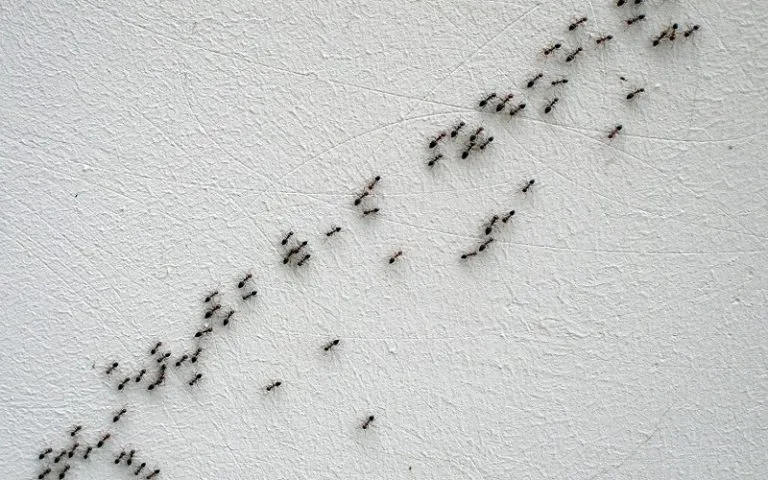
If your tarantula is bitten by ants, it is vital to take immediate action. First, remove any remaining ants from the enclosure. Gently clean the bite site with a mild antiseptic solution, being careful not to cause further harm. Monitor the tarantula for signs of infection, such as swelling, redness, or discharge. If you see such signs, or if the tarantula’s behavior changes, consult a veterinarian or a specialist in tarantula care. Quick and proper treatment can prevent complications. The health of the tarantula depends on prompt response to any injury.
Creating a Safe Habitat
Creating a safe habitat is paramount for tarantula care. The enclosure should be appropriately sized for the tarantula, with suitable substrate for burrowing and hiding. The environment should be free from potential threats. Regular cleaning of the enclosure and maintaining a proper humidity and temperature level are also essential. Ensure that any decorations or furnishings are safe for the tarantula. This overall approach will help to create a secure and stress-free environment. A well-maintained habitat minimizes risks from various threats, including ant attacks.
Regular Cleaning and Inspection
Regular cleaning and inspection of the tarantula’s enclosure are crucial for preventing ant infestations and other health problems. Remove any uneaten food and waste promptly. Inspect the enclosure for ants or other pests, as well as any signs of damage or wear and tear. Ensure that the substrate is kept clean. A consistent cleaning schedule is essential for maintaining a healthy environment for the tarantula. These regular checks can also help to catch problems early, allowing for quick intervention before they escalate. The commitment to cleanliness helps protect the tarantula from danger.
Maintaining Proper Humidity
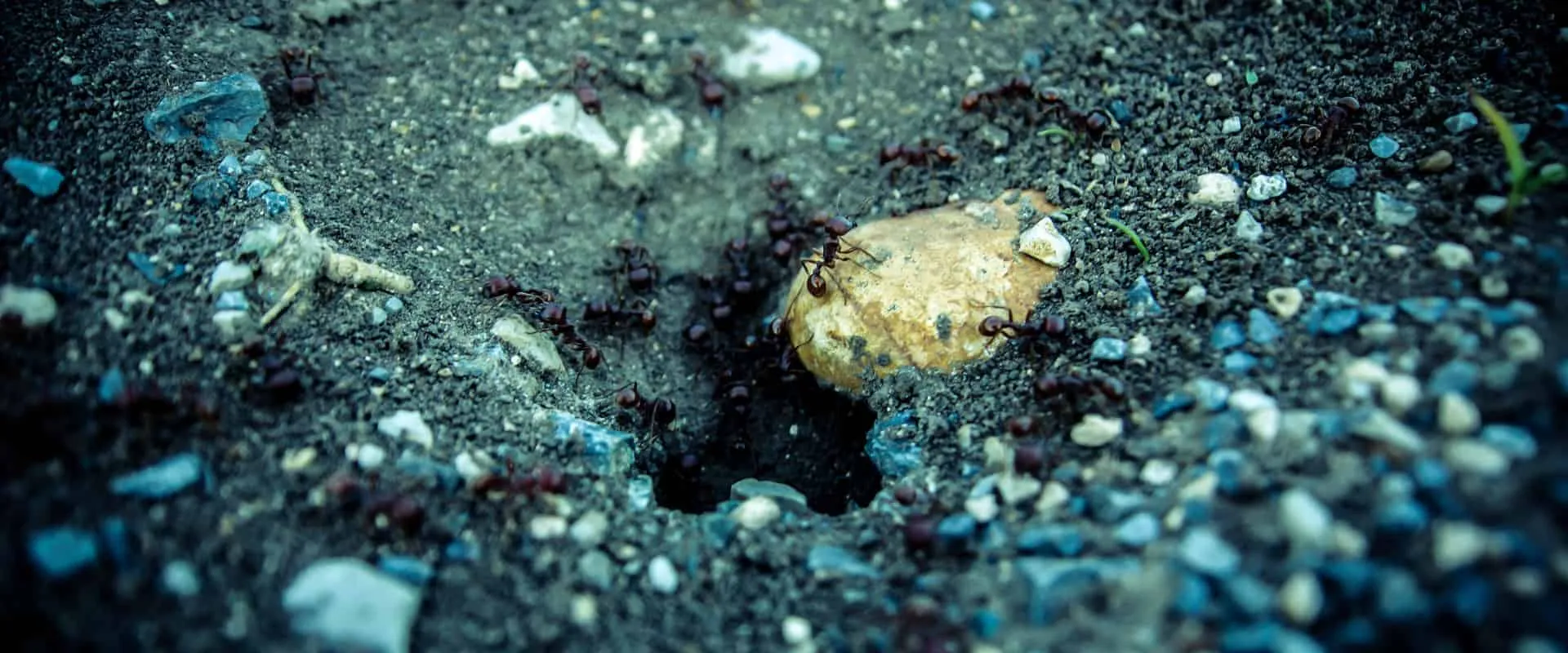
Maintaining proper humidity levels is essential for the health of your tarantula. The specific humidity requirements vary depending on the species, so research the needs of your tarantula. Proper humidity helps the tarantula shed its skin and prevents dehydration. Humidity also affects the enclosure’s suitability for ant infestations. Too much moisture can encourage certain ant species, while too little can make the tarantula vulnerable. Proper humidity levels are crucial for ensuring the tarantula’s health and well-being, while also limiting the potential for ant problems. Using a hygrometer can help to monitor humidity levels.
Alternatives and Further Research
In addition to direct methods of ant control, there are additional measures that can be employed to protect your tarantula. Researching the specific ant species in your area and their behaviors can help you anticipate potential threats. You can also look into non-toxic ant control options that are safe for both the tarantula and the environment. Consider adding elements to your enclosure that might deter ants, such as certain types of plants or materials. This proactive approach combines many layers of protection, enhancing the safety of the tarantula. Always prioritize methods that will not harm the tarantula.
Other Threats to Tarantulas
While ants are a significant threat, they are not the only danger to tarantulas. Other potential threats include mites, which can infest and irritate the tarantula. Other pests and parasites can also create health risks. Poor enclosure conditions can foster diseases. Other animals, such as rodents or other invertebrates, can pose a threat, especially to smaller tarantulas. Being aware of these and other potential dangers is essential for providing proper care. Regular observation of the tarantula and its habitat is key. Proper husbandry reduces the chances of these threats and promotes the tarantula’s health.
Final Thoughts on Ants and Tarantulas
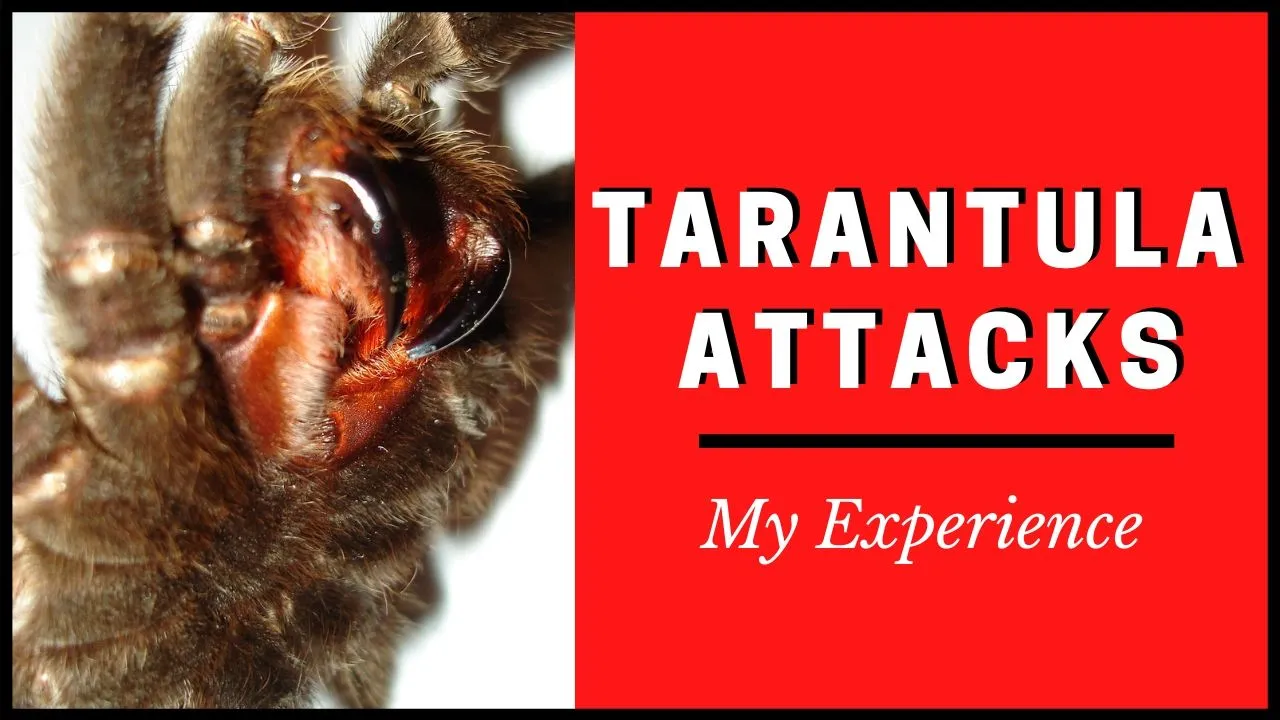
The relationship between ants and tarantulas highlights the need for vigilant care. Ants pose a very real threat. Proactive measures like preventing access to the enclosure, regular cleaning, and knowing which ants are a threat are essential for protecting these captivating creatures. Owners should be prepared to act fast if ants are found. By understanding the risks and taking appropriate steps, tarantula keepers can significantly increase the well-being and safety of their beloved pets. Always prioritize the tarantula’s safety and well-being.
